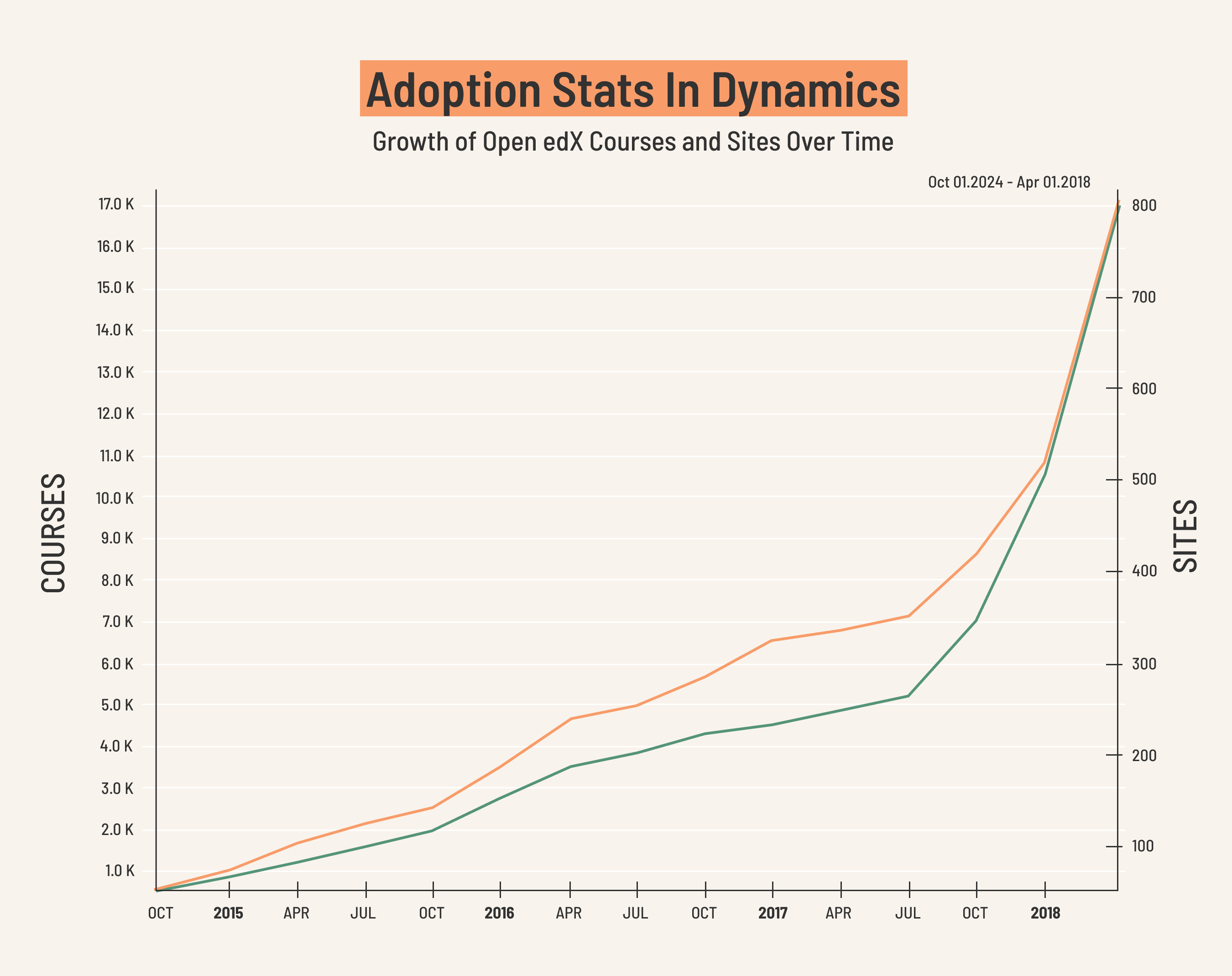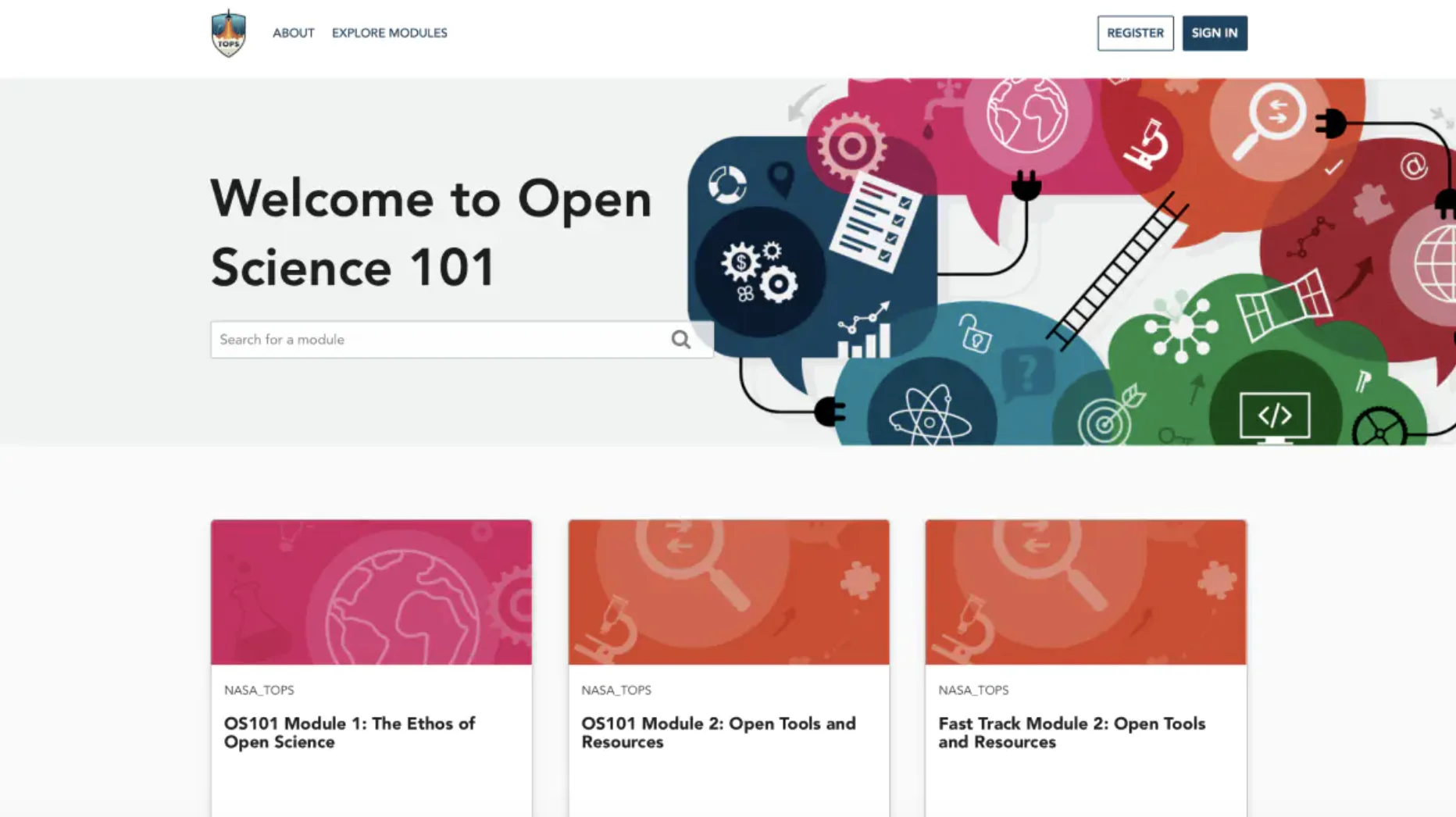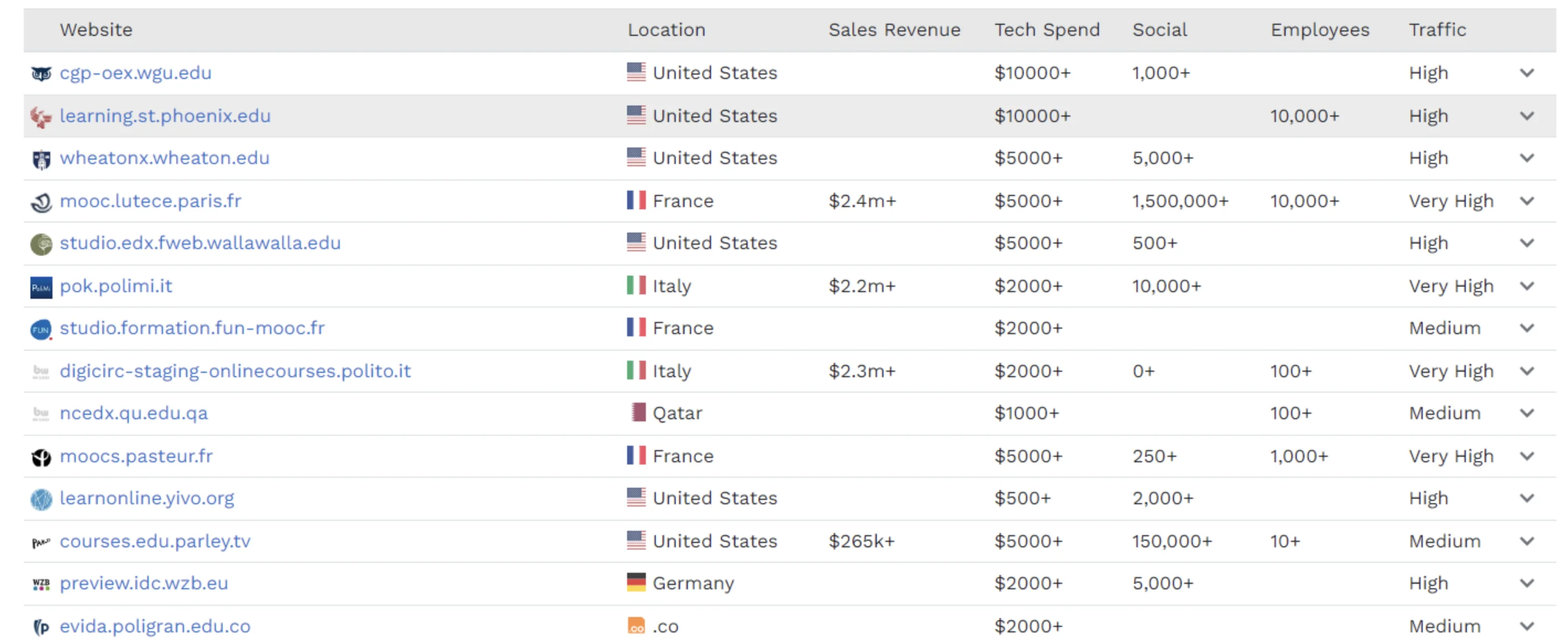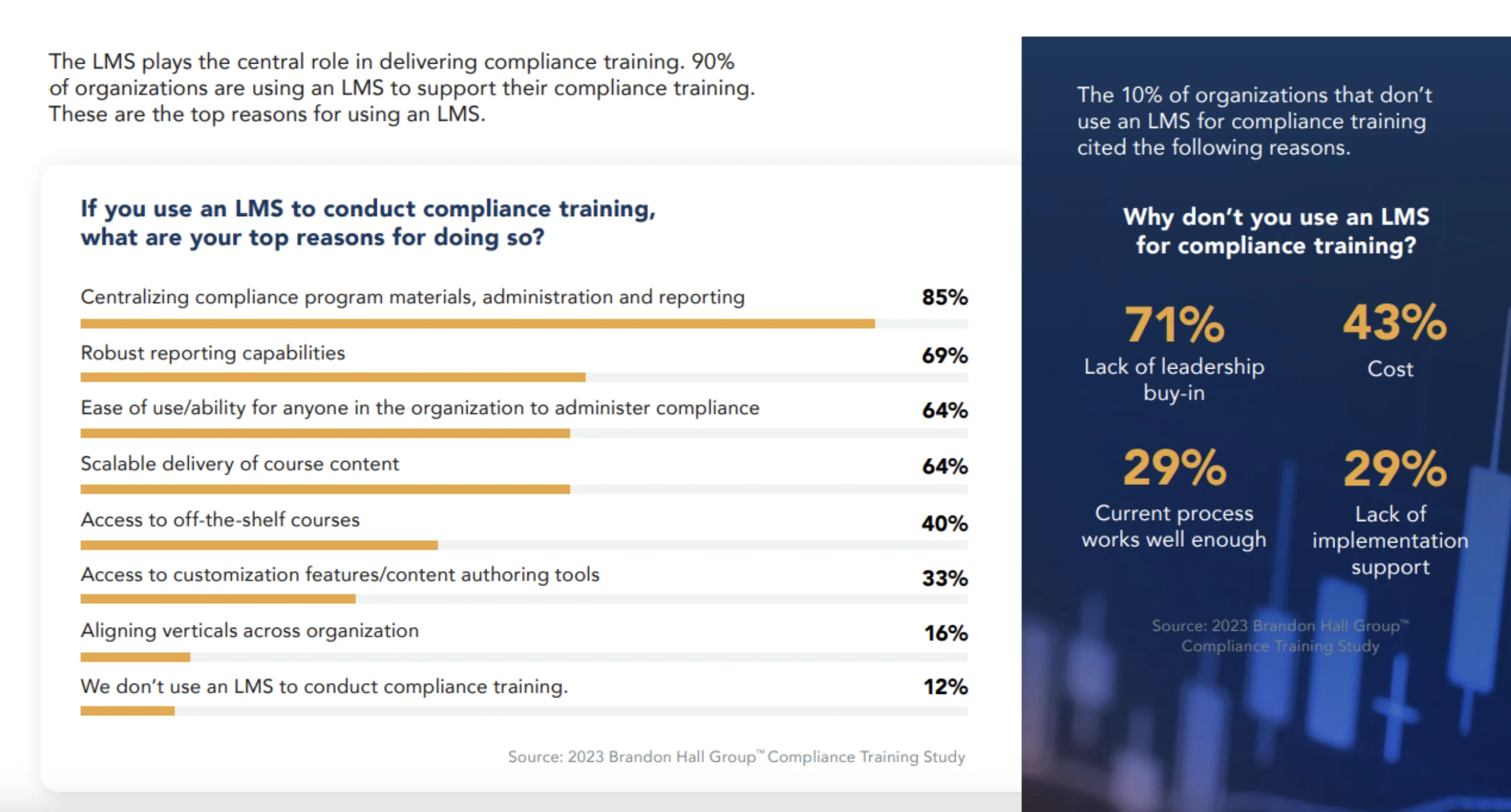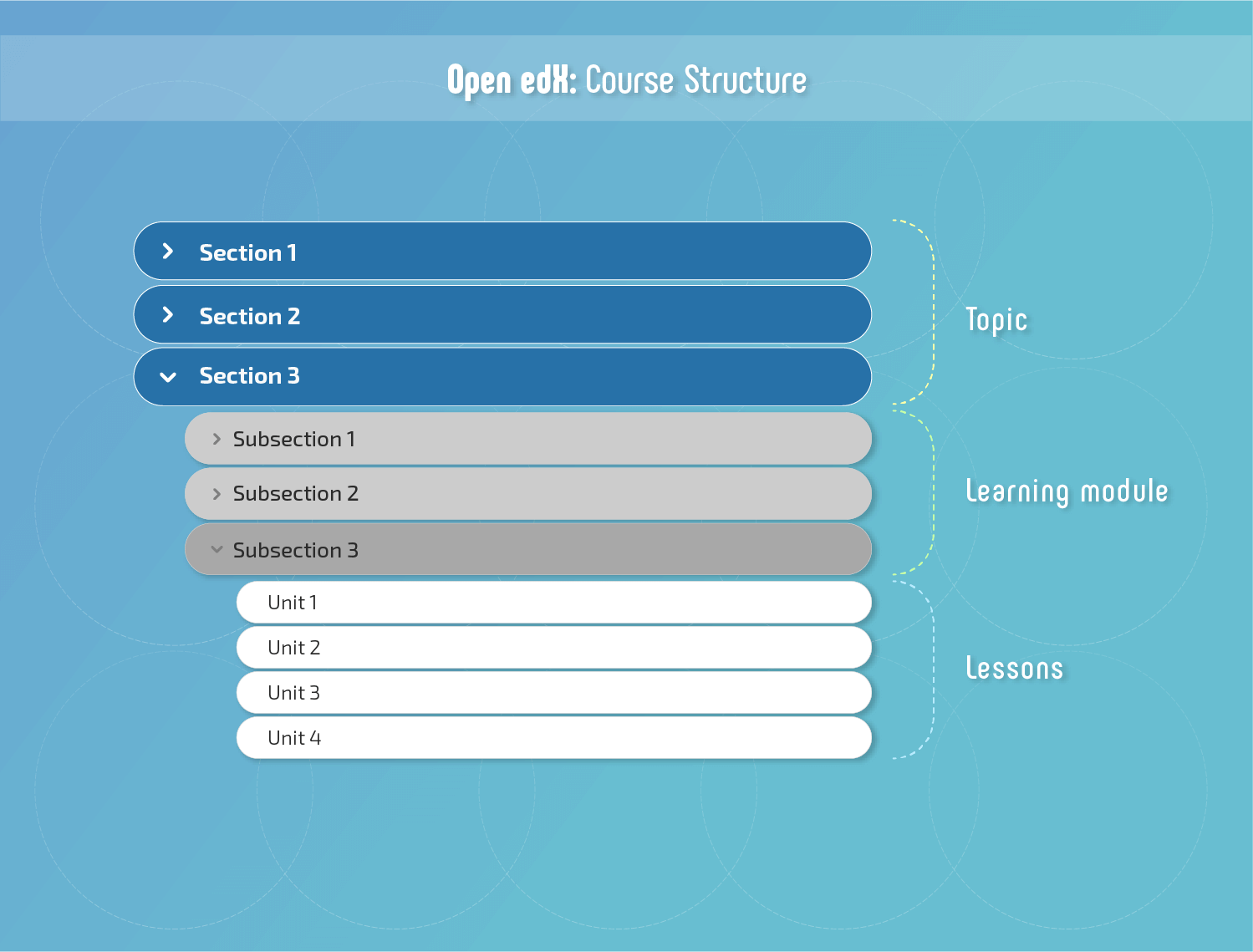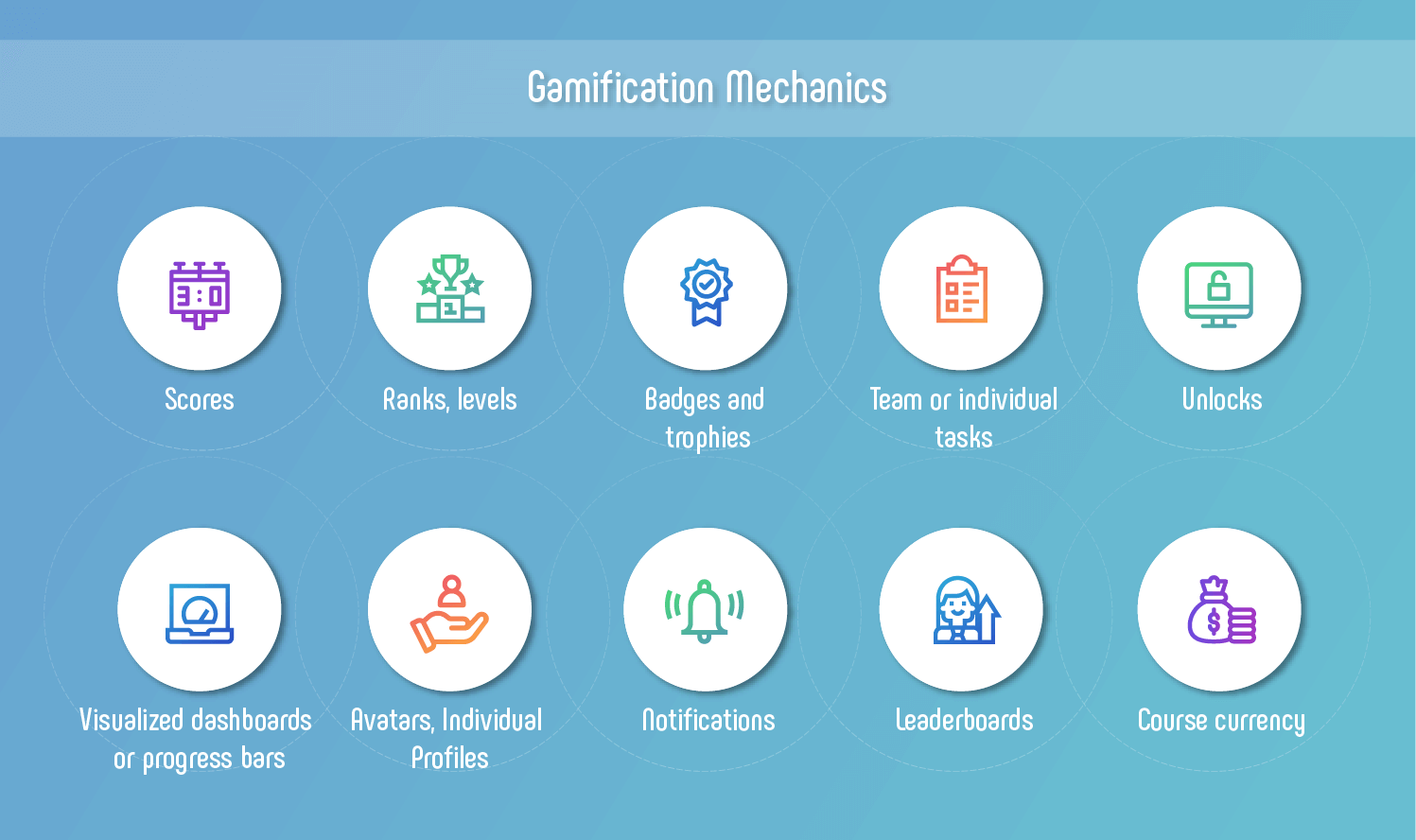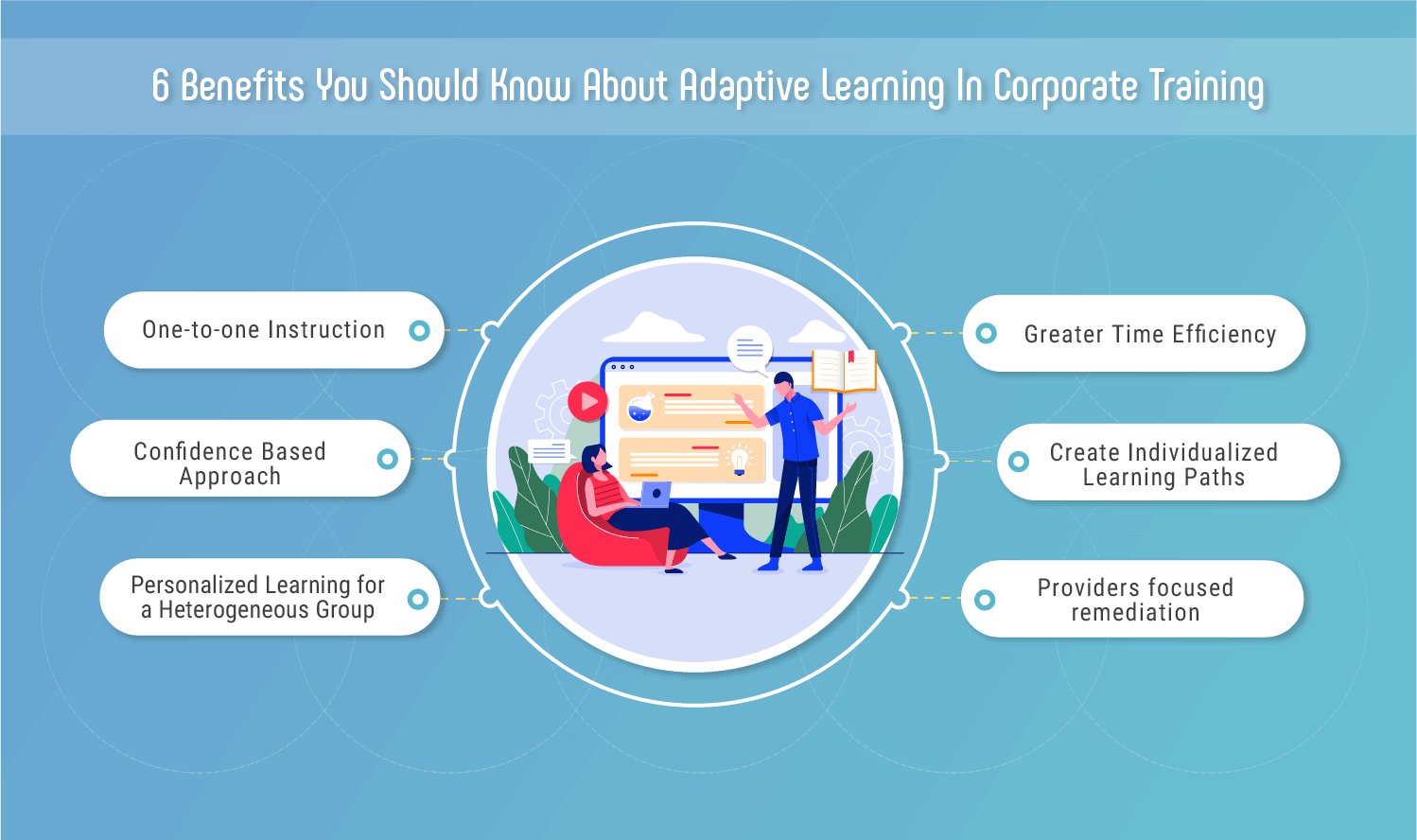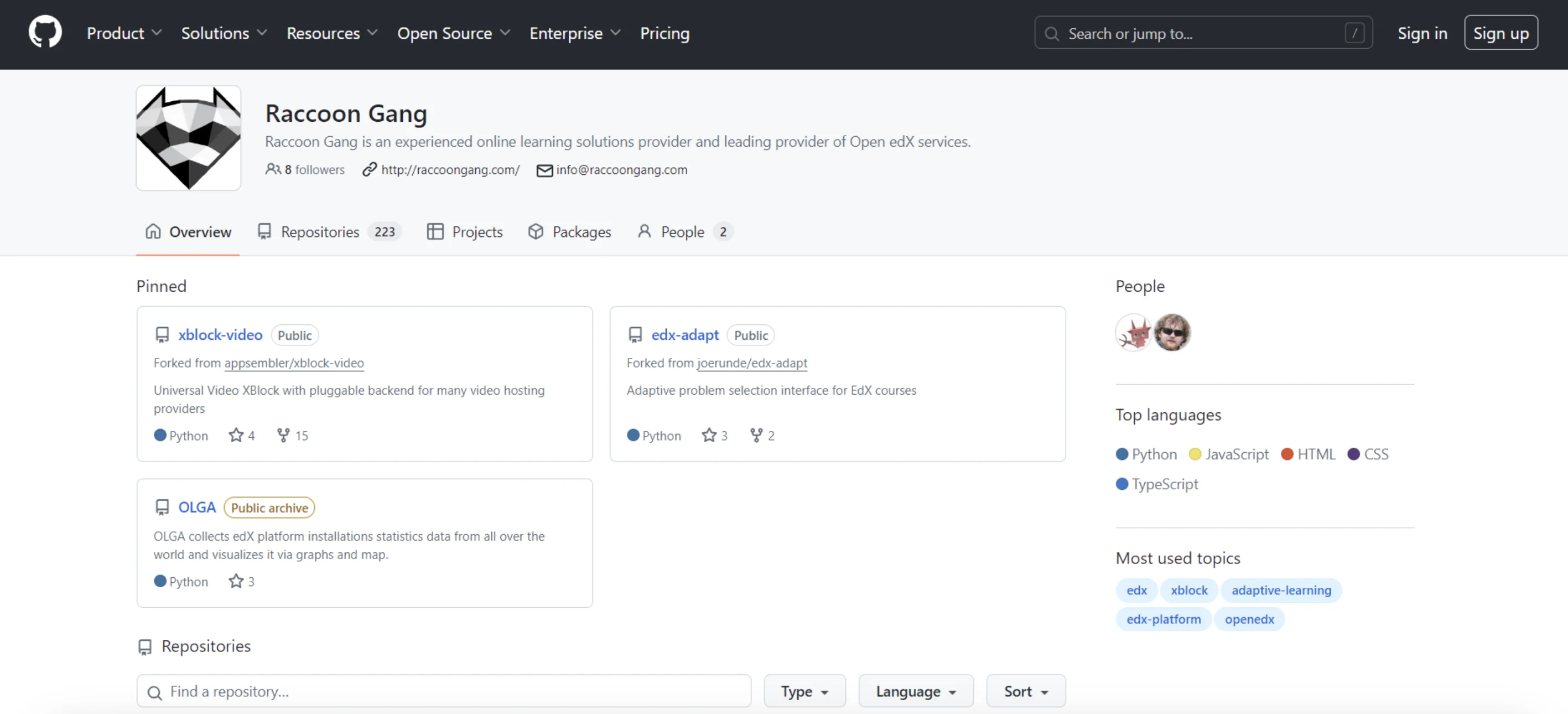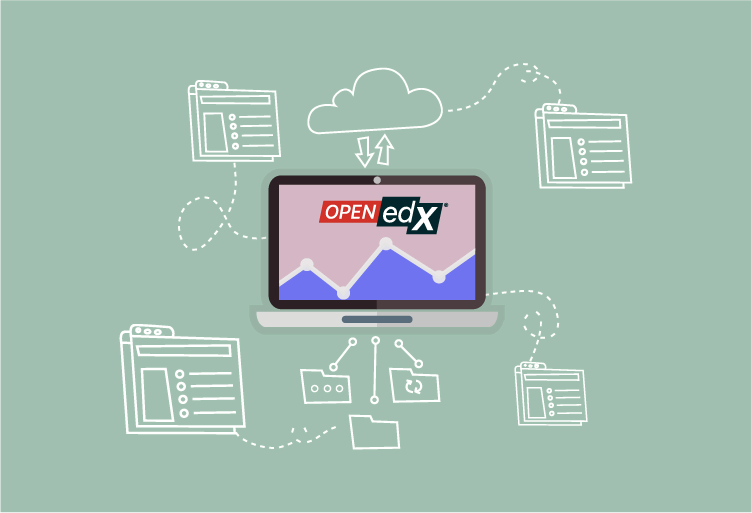Open edX is a powerful open-source learning platform originally developed by Harvard and MIT. Designed for both higher education and corporate training, it supports scalable course delivery, mobile learning, and in-depth analytics.
More than 380 organizations — including Google, Microsoft, and top universities — rely on Open edX to create custom learning environments tailored to their specific goals.
The LMS is used by 9 out of the top 10 universities in the Times Higher Education World University Report. So, what makes the Open edX® LMS the top choice of world-leading educational institutions and corporations, governmental organizations, and eLearning startups? In this article, we will outline the answers to this question from the perspective of a 9-year official Open edX partner.
Highlights
- Open edX is a top open-source learning platform that aims to make global education more accessible.
- edX reached 1 million students back in 2013. Now, the platform is used by 55M+ learners to develop in-demand skills.
- The AI trend will increase open-sourced project adoption.
- The feature set makes Open edX LMS special.
What is Open edX
Open edX is an open-source learning platform created by Harvard University and the Massachusetts Institute of Technology (MIT) for the world’s most prominent online learning portal — edx.org.
It was created to fulfill the instructional design needs of various organizations to create engaging experiences that cover various topics and use different learning scenarios. That’s why edX became so flexible and diverse.
Moreover, Open edX helps teach learners physics, maths, and even acoustics using interactive LMS features that are available straight out of the box. It also offers the ability to integrate multiple third-party systems like SCORM, LTI, and iFrame. But before we dive into the features of Open edX, we’ll briefly describe its history.
Brief Open edX History
- 2012 → EdX was founded in May 2012 by scientists from Harvard and MIT. The platform was originally developed by Piotr Mitros (Chief Scientist and Technical Co-Founder at edX).
| One hundred fifty-five thousand students from 162 countries enrolled in the first edX course; in 2013, the number of students reached 1 million. Now, Open edX is used by 55M+ learners. |
It was the start of a successful open-source release and the creation of Open edX.
- 2013 → EdX opened-sourced its platform on June 1, 2013, naming it “Open edX” to differentiate it from the organization.
- 2014 → The EdX course discussion engineering team decided to build a custom discussion platform. They concentrated on supporting unique usage patterns.
- 2015 → September, Open edX software has 500 MOOCs and 5 million students.
- 2019 → The Ironwood and Juniper releases followed, introducing features like the “Course Discovery Service” and improved mobile experiences.
- 2020 → The Koa and Lilac releases focused on improving the learner experience, analytics, and accessibility.
- 2021 → Maple release.
- 2022 → Nutmeg and Olive releases.
- 2023 → Palm and Quince releases.
- 2024 → Redwood release.
Who Uses Open edX & Why
Open edX has seen widespread adoption across a multitude of sectors, with organizations ranging from large corporations, educational institutions, small organizations, nonprofits, and government institutions using the platform for various purposes.
Open edX’s versatile and customizable nature makes it a platform of choice for organizations of all sizes and types across various sectors:
- Large institutions. World-renowned organizations, including Google, Microsoft IaaS, McKinsey, and Johnson & Johnson, use Open edX for employee education and customer onboarding.
- Educational organizations. Notable educational institutions like Harvard, MIT, and Arizona State University leverage Open edX to engage students through interactive content and robust tools to track educational progress.
- Small organizations. Open edX is an invaluable resource for smaller organizations as it allows them to create high-quality, customized content, thereby increasing both their profit margins and learner engagement.
- Nonprofits. Open edX is also extensively used by NGOs for various training, education, and community outreach initiatives.
- Government institutions. These entities make use of Open edX for the training and continuous education of their personnel, public education initiatives, and more.
Industries using Open edX include:
- Civic & social organizations. These communities use Open edX for education, awareness programs, and member training.
- Computer software. Companies in this industry use Open edX to provide training on software development and technical skills enhancement.
- Education content management. Open edX is extensively used for managing diverse educational content, tracking student progress, and providing a flexible learning environment.
- Education. K-12 schools and other educational organizations use Open edX to deliver quality education to students, providing interactive content and facilitating efficient learning processes.
Core Components of the Open edX Platform
So, let’s examine the infrastructure to determine more cases of the use of Edx.
1. LMS
The LMS is the learner-facing experience where they access course content, discussion boards, schedules, collaboration tools, and more. EdX also supports online campuses, degree programs, and customizable branding. The LMS offers a user-friendly interface, both the ‘Learner’ and ‘Instructor’ view, which we will discuss further.
2. Studio
Open edX provides Studio, an intuitive course authoring environment. Instructors can create and update course content in real time. Features include course scheduling, grading policies, and import/export capabilities
3. Mobile App
EdX offers mobile apps for learners on iOS and Android platforms. Open edX mobile app is a great feature that allows users to learn on the go. Finally, it helps provide a convenient environment for students who access online courses on mobile devices. This flexibility enhances the learning experience.
4. Analytical Engine
Open edX Insights provides intelligent analytics. It scales to support large user bases and allows custom data storage. There are also features like email notifications.
Why is Open edX Used by 55 Million People Today?
Demand for LMS is colossal, and it keeps gaining momentum. So how does Open edX stand out in comparison to other LMSs? Undoubtedly, Open edX is popular for its better readiness for the online learning future.
We’ll uncover the list of features based on the current worldwide online learning challenges and needs.
According to Brandon Hall Group, 90% of organizations are using an LMS to support their compliance training. However, there is another 10 percent with the main reason being that current systems do not help resolve all their challenges.
Let’s take a look at these requirements in detail:
- Advanced features such as content creation, course organization, and administration.
- Practical web and mobile learner interface.
- Variety of eLearning content types and delivery features.
- Integration with internal systems and corporate databases.
- Modern learner engagement features such as gamification, adaptive learning, etc.
- Customization and alignment with a brand.
- Reporting and analytics features.
When we define what is needed, let’s look at how Open edX delivers all of these needs.
Key Features & Capabilities
Open edX enables the creation of engaging, interactive learning content. However, its adaptability and rich feature set can solve many more tasks. Let’s observe these Open edX features.
Learner Interface Overview
Easy-to-use user interface is essential to the learning experience. It can influence a user’s perception of the entire learning process.
Having diverse purposes and community influence, Open edX LMS has a clear yet effective interface with everything learners need. Moreover, leaving out all the bells and whistles that distract users from the learning process.
Course Navigation
A structured course navigation panel helps to switch between modules and lessons quickly. Navigation between tasks during the learning process is intuitive, and the learner can always see where they are and how many lessons are left for the current module/subsection. After all, it is easy to understand whether there are any assessments to complete.
Progress Dashboard
Progress monitoring is an integral part of the educational process for both teachers and students. This Open edX feature enables learners to monitor their progress with the specific dashboard. The progress dashboard is clear and informative: it understands the current course success, and important information about assessment results in a structured report format.
Types of Content
When it comes to content for an online course, variety matters. Out of the box, the features of Open edX provide the ability to craft online learning material using an extensive range of content types:
- Text, images
- Videos
- Interactive videos and images
- SCORM, LTI, iFrame
- 20+ types of assessments
The list can be extended and customized to the needs of a particular project (simulation, virtual lab, etc.)
Instructor Interface Overview
Instructors or course owners have a lot of tools to create, organize, and run in Open edX:
- Build the course structure (3-levels).
- Manage enrollment rules (access settings, prerequisites, enrollment options, course dates).
- Set the grading policies (course completion conditions, types of assessments, and their influence on the final course grade).
- Enroll and unenroll learners.
- Group learners and manage content routing.
- Add and organize learning content inside the course.
- Manage the visual features of the course.
- Manage and issue certificates.
- Manage monetization.
- Track learning metrics, build reports.
The basic Open edX functionalities can cover even particular cases. → To know more, you can book a call.
Social Abilities
Social learning is undoubtedly one of the booming trends, making this important Open edX feature necessary for all learning platforms. The EdX delivers a variety of channels to enable socialization during the learning process. The social components allow students to collaborate on projects, discuss all learning issues/ideas/feedback with other learners, and participate in polls and surveys separately or within groups.
- Polls and Surveys. It’s crucial to figure out what your learners want. A good survey tool can help instructors to get answers to essential questions.
- Online Discussions. Course creators can create Discussions within a course and ensure collaboration between learners.
- Group Tasks. Using this feature, an instructor can create groups focused on specific learning topics, business needs, or work-related interests. Groups may be used for assignment turn-ins and content organization.
Reporting and Analytics
Using Open edX Analytics, instructors monitor enrollments and unenrollments within chosen periods.
Different types of analytic reports help to detect which assessments caused problems for students, and cluster course students by their learning progress in real-time to see where course content might need improvements.
An internal Raccoon Gang project, RG Analytics, aimed to create easy-to-use, actionable insights for Open edX course instructors.
Customization
Open edX custom feature development enables the specific functionalities required by course authors.
1. Game-Based Learning and Gamification
Game-based learning is often considered an essential component of modern eLearning systems. For example, gamification increases engagement (67% of students on the Zippia survey, 25 Gamification Statistics [2023] stated it) and course completion rates. Undoubtedly, it can be easily implemented into Open edX courses.
2. Adaptive Learning
This technology is used for educational process improvement and modifies teaching methods based on that data. Besides, the adaptive learning architecture of the Open edX platform allows users to interact with learners in real-time, automatically providing individualized support.
3. Competency-Based Learning
Competency-based education allows students to advance their skills or competencies at their own pace, regardless of their environment. Open edX includes the ability to implement modern learning concepts based on this approach. For example, scenario-based learning, self-directed knowledge assessment, and skill-based branching scenarios.
4. Comprehensive Theming
The theming of Open edX enables course creators to customize their platform altogether. Similarly, the software provides a powerful and flexible way of tailoring user interfaces to business needs.
Who Are the Competitors of Open edX?
While Open edX has established a strong foothold in the eLearning industry, several competitors provide similar services. The following are some of the most notable Open edX competitors:
- Moodle. One of the world’s most popular learning management systems, Moodle boasts over 213 million users in 241 countries as of 2022. Its open-source nature, rich features, and vast community make it a strong competitor to Open edX.
- Blackboard learn. With a rich feature set designed to facilitate learning, Blackboard Learn is preferred by many institutions. It provides both a learning management system and a virtual learning environment.
- Canvas LMS. Another open-source system, Canvas is known for its user-friendly interface and strong features. It has support for integrations and mobile accessibility.
- Coursera. An online learning platform that partners with top universities and organizations worldwide, Coursera offers a variety of courses. However, unlike Open edX, it is not open-sourced.
Therefore, understanding how Open edX compares to other LMSs is essential to know which LMS best suits your needs.
Certainly, each of these platforms has its strengths and weaknesses, and the choice usually depends on the specific requirements of an institution or individual.
Why Open Source is Vital in eLearning
An open-source platform is a type of software whose source code is available to the public, allowing anyone to inspect, modify, and distribute it. EdX open source software’s fundamental philosophy is transparency, community, and freedom. So, that’s why Open edX LMS offers great customization options.
Benefits of open-source platforms include:
- Flexibility. Users can run, copy, distribute, study, change, and improve the software, thus having more control over the product.
- Cost-effectiveness. Many open-source platforms are free, reducing the financial burden on users.
- Community support. Open-source platforms are typically supported by active and passionate communities that are committed to continual improvements.
- Transparency. Open source allows for a higher level of scrutiny, which can lead to more secure, reliable, and high-quality software.
Commonly, open-source projects share their source code on platforms such as GitHub or their official websites.
Regarding GitHub’s Octoverse report, AI projects entered the top 10 most popular open-source projects by contributor count in 2023. This trend will increase open-source adoption in projects even more.
Final Words
In eLearning, the Open edX LMS provides extensive capabilities, making it an excellent choice for most organizations. Furthermore, it’s worth noting that Open edX itself can be customized to a large extent, offering a balanced blend of pre-built efficiency and custom-tailored adaptability.
So, If an open-source platform fits your needs, you should choose a preferred Open edX provider. To know more about custom Open Edx solutions, you similarly can Book a call with the Raccoon Gang team.
Sources: Open edX official site.
FAQ
What is the Price of Open edX??
What Are Some Open edX Use Cases?
– Academic learning. Used by universities and schools to offer online courses and degree programs.
– Continuing education. Operated for professional development courses or post-secondary training.
– Employee training. Companies use it for internal training and onboarding.
– Microlearning. For short, focused segments of learning for quick knowledge acquisition.
– Social learning. Facilitates collaborative learning through discussion forums, social media integrations, etc.
– Training companies. To offer online programs to various companies.
– Workforce development. Used for training and skill development to prepare employees for specific job roles.
How Can Open edX be Deployed?
1. Accessible via a web browser on desktop computers.
2. Native apps for Android and iOS.
3. Installed on your organization’s cloud-based servers.
4. Installed on your organization’s local servers.
5. Hosted on the cloud and accessible via the internet.
What Integrations Are Available with Open edX?
– API (for integrating with other software systems)
– BigBlueButton (web conferencing system designed for online learning)
– WordPress (for blog and CMS capabilities)
– Zoom (for video conferencing and online meetings).
What Training Resources Are Available for Open edX?
– Documentation: user guides and technical documentation
– In-person: instructor-led training sessions
– Live online: real-time, online instructor-led training
– Online tutorials: pre-recorded videos
– Webinars: seminars and product demonstrations.
What Support Options Are Available for Open edX?
1. Online support.
2. Email.
3. FAQ.
4. Knowledge base.
5. Slack.
6. Phone support for immediate assistance.

